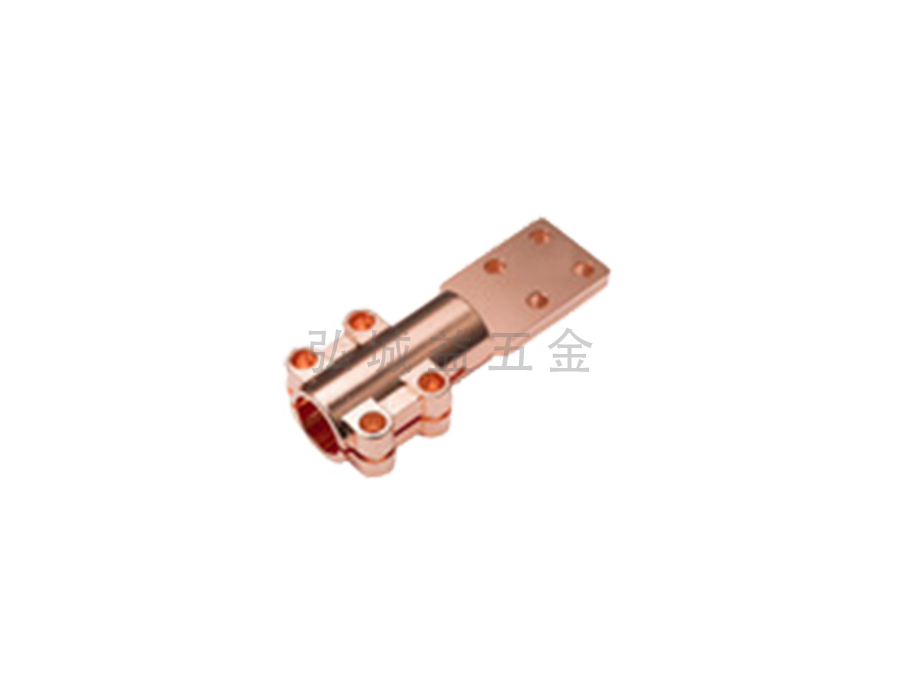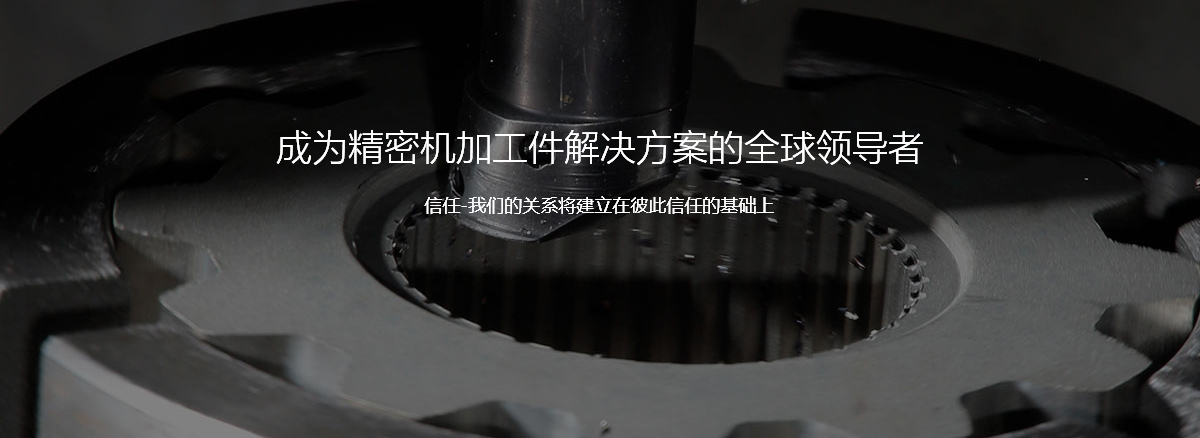In recent years, the continuous upgrading of aircraft products, such as the design scheme of the aircraft component design scheme for lighter weight and close volume, etc., many components are complicated and diversified. Many applications on the aircraft must then meet their processing regulations faster to achieve their processing regulations.

In response to the special requirements of the aircraft, experts continue to develop new aircraft titanium alloy materials compatible with it to achieve design schemes such as high rigidity, large pressure resistance and weight, and small body shape of aircraft mechanical parts. It followed the increasing efficiency of titanium alloy mechanical parts and poor process performance. During the drilling processing of metal materials, the drilling tools are associated with the intermediate associations of the processing parts of the processed parts. When the facade is related to each other, if there is a new improvement and independent innovation, the processing of hardware accessories will drive the development trend of upgrading. If the processing method and processing tool of traditional materials are still used, it may be very affected by high efficiency, processing quality and processing tool cost. In order to better solve and integrate the continuous improvement of the new titanium alloy parts and the regulations of its processing characteristics, high efficiency and processing of processing, the tool industry is constantly improving the perspective of the differential head substrate materials, geometric graphics perspectives, and geometric graphics perspectives. The design plan, the technical and innovative processing method of the hardware shell processing coating to achieve the efficient processing regulations for the new titanium alloy material parts, especially in recent years Environmental protection regulations.
The wear of the head tube tube tube often appeared in the titanium alloy is partially worn in the deep direction of the drilling deep position in the back and the front. It is usually caused by the hard bottoming layer left by early processing. The chemical changes and spread of the processing temperature of the tool and product workpiece exceeding 800 ° C are also one of the factors that produce ditch wear.


